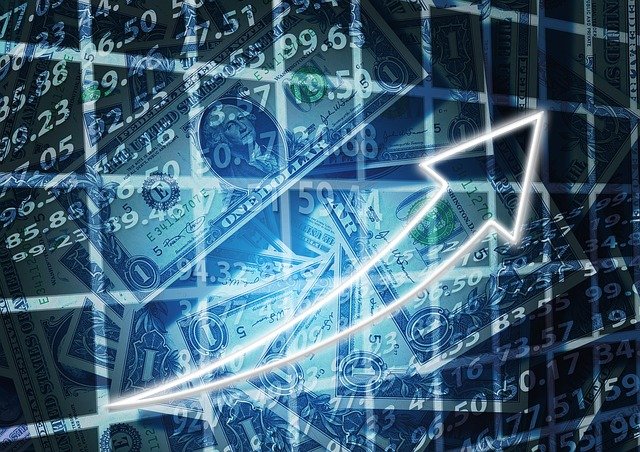The average interest rates on new credit card offers are nearing a point unseen in nearly three decades, reflecting the real-life effects of Federal Reserve rate hikes that have been coming since early 2022 and seem bound to continue.
The annual percentage rate (APR) was 17.96% for new card offers as of Wednesday, according to aggregated data from Bankrate.com. That beats a recent record of 17.87% set in April 2019 and it’s the highest on record since January 1996, it said.
At that time, the average APR hit 18.12%, said Ted Rossman, Bankrate’s senior industry analyst. Bankrate’s data comes from a survey of approximately 130 credit-card offers from 50 of the country’s largest credit-card issuers, he noted.
The data comes less than a week since Federal Reserve Chairman Jerome Powell made it clear he and other members of the central bank are ready to push the federal funds rate higher in order to tame red-hot inflation.
Even if that means “some pain,” he added.
The Fed has already pushed the key interest rate from near 0% to the 2.25%-2.5% range, and the question is how much more the rate increases.
“Overall, Americans had more than $890 billion in credit-card debt as of the second quarter.”
The federal funds rate is critical for many parts of the economy, but especially for credit cards.
“Almost all credit cards have variable rates which track the Prime Rate, which is typically three percentage points higher than the federal funds rate which is set by the Federal Reserve. So there’s a direct pass-through from the Fed’s actions to credit cardholders,” Rossman noted.
The borrowing costs add up for people who are carrying a balance month to month, he noted. A person making minimum payments on a $5,000 for a credit card with 16% APR would pay off the amount in 184 months. They’d also be paying $5,406 just in interest during the time needed to pay down the principal amount, Rossman said.
At an 18.25% APR, it would take 189 months to pay off the debt, plus more than $6,200 in incurred interest, he said.
Americans racked up more credit-card debt during 2022’s second quarter, according to the Federal Reserve Bank of New York. They added $46 billion more from the first quarter and the year-over-year growth was 13%, researchers said. That’s the sharpest annualized increase in more than two decades, they noted.
Overall, Americans had more than $890 billion in credit-card debt as of the second quarter, the New York Fed data shows.
The best plan would be completely paying balances every month, Rossman said. But that might not be possible under the circumstances, he said. In that case, “forget about chasing rewards and seek the lowest interest rate possible. There are 0% balance transfer offers that last as long as 21 months.”

